 Automation in buildings is a very common practice in the United States and Europe, however in Latin America it has not spread as quickly as it should. This article presents a brief analysis of what is happening in various parts of the continent.
Automation in buildings is a very common practice in the United States and Europe, however in Latin America it has not spread as quickly as it should. This article presents a brief analysis of what is happening in various parts of the continent.
By Julián Arcila
In today's world, the emergence of certain environmental and economic factors have been giving increasing relevance to practices aimed at controlling electricity consumption and optimizing the resources of an installation, all with the aim of making it more profitable from the operational point of view, but also to place it within international standards in terms of communication, safety and comfort.
Theoretically, the above is the perfect scenario for the development of automated or intelligent buildings as they are popularly known, but this is certainly not a constant that can be applied to the entire planet, because not in all regions has generated a widespread awareness about the importance of controlling energy consumption as a result of the operation of air conditioning and lighting systems in buildings.
Speaking specifically of Latin America, the lack of homogeneity in the concepts follows from the fact that there are no regulations that lead the owners of new corporate buildings to worry about controlling energy expenditure or increasing benefits in times where it is known that the planet has a higher average temperature, that insecurity rates increase (a factor that invites us to think about greater security) and that to compete in the world of Today's business requires greater use of communication and information technologies.
Disparate situations
Making an analysis of the reality of the addition of automation and control systems to buildings in Latin America is a task that is not so easy, since each subregion has its particularities. For this article we talked with four professionals who contributed their opinions on what happens in regions such as Central America (from Guatemala to Panama), Peru, Brazil and Uruguay.
In Latin America, a disparity of situations can be observed, ranging from a low rate of automation, as in Central America, to a progressive development observed in Peru. Uruguay adopts automation more as a fashion and Brazil, Argentina, Mexico and Colombia continue in a good trend towards building automation.
However, it is necessary to let the experts make an account of the moment experienced by those regions in which they do business. A very important factor that must be based on to make this analysis is that new building construction projects can be carried out for two fundamental purposes: for occupation by a multinational that builds its own corporate building or for transfer to third parties, either through sale or rental. This element is what largely defines the use of automation systems in Latin America.
This explains why the projects included in the first case are those that automate in a first degree, since multinationals always establish buildings with the same standards that their headquarters in developed countries have. When the buildings will be used for sale or rent, the predominant factor is profitability.
Central America, automates little
Refritica is a company that is dedicated to the representation of various brands for the Central American region, although in its main areas of influence are El Salvador and Costa Rica. He is also engaged in the design of HVAC systems in such nations.
Its general manager, Rafael Padilla, rated the degree of automation in Central America with a two, in a scale of one to 10. He attributed this to the fact that developers (investors) do not find in this practice a return on their investments, so the few projects that are automated have low scales of modernization that in most cases are limited to access controls, fire controls and for air conditioning.
Another reason automation doesn't seem to advance in this region is that developers, like builders, want to save money as much as possible; in institutions such as government buildings, professional associations and chambers of different types, the technological degree is far below where it should be, according to Padilla, adding that these three types of sectors are trying to get support from Asian nations to improve in terms of automation, all in the search to cut energy costs and increase the degree of security.
According to Rafael, construction in this region is being driven by the development of condominiums, office buildings, hotels and banks, although he emphasized that the automation that is applied is still low. He added that in Costa Rica and Panama there is a good construction time, but that the hotels that are being built, although they resort to some automated systems, are far from constituting a property completely framed within this category.
Regarding training, this professional said that it is very low, because education and training is a resource that is sold very expensive in this region. This does not cease to attract attention, especially when in these countries there are brands that enjoy good representation such as ASI Controls, Delta Controls, Johnson Controls, Siemens and Honeywell.
Peru, what you build for and how much you automate
In the Andean Region there is, so to speak, an interesting development of new construction projects that involve some degree of automation. A determining factor for this has been the investment made by multinationals, which have brought corporate offices to these countries, mainly to Colombia and Peru, where macroeconomic policies have generated a significant flow of foreign investment.
To talk about the Peruvian case, this media interviewed Juan Díaz Luy, founder of the consulting firm Díaz Luy Ingenieros Consultores EIRL; This professional has to his credit the development of more than 3 thousand projects, a figure that gives him the necessary authority to talk about his market of influence.
As he commented, "in the last five years an increase in interest in smart buildings has begun to be noticed in Peru, motivated, among other elements, by: foreign investments, the quality standard required for certifications, globalization in technology, and the acceptance of investors with respect to the benefits of an intelligent building."
This seems to be the result of the economic stability that has been generated by the management of the current government. Environmental reasons definitely do not play a crucial role in this situation, since there is not the best dissemination in that country of this information, in addition to the fact that most investors seek benefits in immediacy, rather than in the long term.
The market has been defined mainly in new projects; those who have been promoting these practices have been new private universities, which have made investments in new buildings, as they have seen the need to equip their buildings with automatic systems for the control of lighting and air conditioning systems. They have also executed semi-automations in old properties, but in this case they have been more limited.
Training, as in Central America, is scarce and limited to individual efforts, since in Peru there are no dissemination centers in this area.
Peru has been the perfect case in which the implementation of advanced systems for buildings has been regulated by the final use of the installation, dividing into the companies that build for their private institutional use or those who do it to resell or rent. In the first case, experienced designers propose, whenever accepted, the implementation of systems to automate, leaving the buildings prepared for execution, in stages, according to the need.
But in addition to the economic management of the Peruvian government, there have been two factors that have contributed their grain of sand to this situation: the increase in oil prices and the growth of trade with China. The first element has meant the need to think a little more about new energy alternatives and this in turn has been promoting a better environment for the use of natural gas. Trade with China has facilitated the decline in technology prices and application.
Finally, Díaz Luy provided two important data in relation to the Peruvian market: the application of automation systems for buildings is mainly presented in Lima and the demand for equipment is subject to the use of open protocols by manufacturers, in addition to those that designate professionals exclusively to offer support and maintenance. It has been such factors that, in the opinion of this professional, have positioned brands such as Honeywell and Johnson Controls in his country.
View from the four cardinal points
ISAI Controles Ltda. is a company that offers control systems and services for buildings and industrial plants. It has a presence in Mexico, Chile, Brazil and Uruguay and is the strategic partner of KMC Controls in the region.
The president of ISAI, Rubén Rodríguez, gave a general look at the region from the South American giant, where he showed a phenomenon that in his opinion is increasingly occurring in the region: the cessation of the concept of integration everything with everything, to give way to an integration of fundamental systems that provide return to the end user. In other words, the integration of HVAC with security systems is a wasteful process that is not always profitable for the investor to exclusively interconnect elements such as air conditioning, energy control and lighting.
A factor that the engineer Rodríguez considers fundamental in the growth of integration in HVAC systems has been the increase in the management of the Internet. "The use of the Internet has greatly facilitated the expansion of business in general; in particular, we who in addition to the KMC Controls product carry out all the engineering, we have managed to carry out most of the project, programming and even adjustments via the Internet. For example, in Mexico, we adjusted a control system remotely from Uruguay, with simultaneous support from Brazil," he said.
According to him, the greatest potential is observed in Brazil and Mexico, nations in which office buildings and airports are the ones that are most demanding control systems; In his opinion, end customers "have perceived that a smart building is not one that automates and integrates as much as possible, but that automates and integrates what is really profitable, what is really used, is practical and simpler than something manual. For example, turning on the air and light in your office just by entering your access control card at the entrance is technically possible, but it's not really "smart"; it's more what complicates life than it simplifies it."
Uruguay and the strength of marketing
This nation in the east of South America is a very particular case where the factor that has delimited automation has been the final use of the properties. Most new projects are commercial and residential buildings that are intended for sale or rent, which makes investors more focused on the initial cost than the long-term benefits. In corporate constructions the situation is a little different, but in both cases there is a common element: the concern about the initial cost.
According to Luis Lagomarsino, founder of the consulting firm Ing. Luis Lagomarsino & Asoc., the concept of automation in Uruguay is more linked to the marketing process itself than to the understanding of a real utility projected over time. Thus, many of the new projects are inclined to partially automate in search of compliance with standards and not because greater energy efficiency is sought.
This professional said that commonly, automation is palpable in the processes of documentation and promotion more than in reality; the exception to the above is the large industrial projects (which are not many in this country) and large-scale institutional ones: airports, hospitals and laboratories).
The training of the staff is partial, focusing the professionals in areas such as HVAC, electricity and sanitary facilities), but without delving into the specifications of the control devices or communication protocols. However, this has not prevented brands such as Johnson Controls, Honeywell, Belimo Reliable Controls, ABB and Carrier from having a market in Uruguay.
To speak of a common element in each of the regions, it can be said that in none of them has the automation of buildings been completely massified and that only Brazil and Mexico have managed to generate a little awareness about the importance of applying these technologies. In the other markets, attempts are made, often independent, so that it is not possible to drastically increase investments in this field. What could be thought of as a trigger for the application of "intelligent" systems to new projects would be a progressive growth of investment by multinationals in the region through the development of new corporate headquarters.










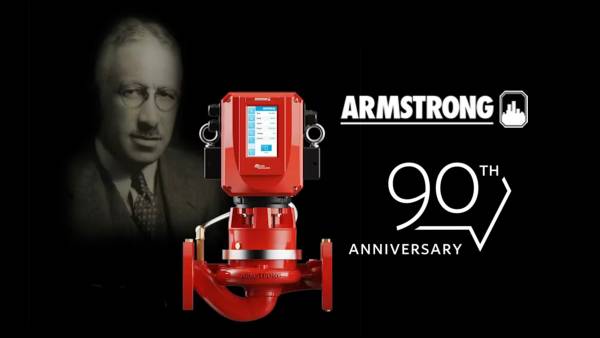
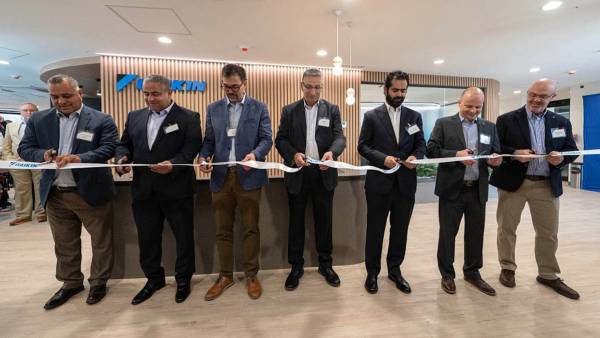
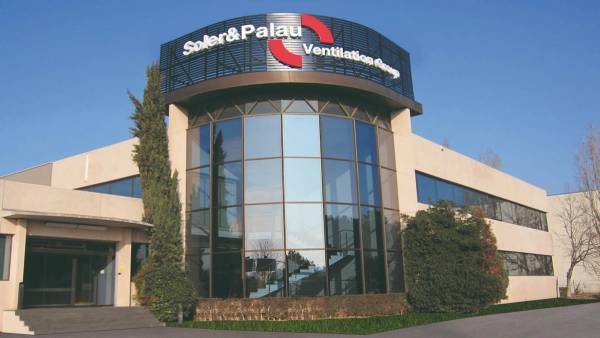


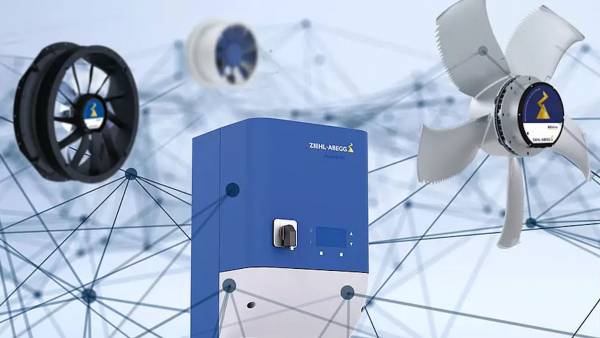
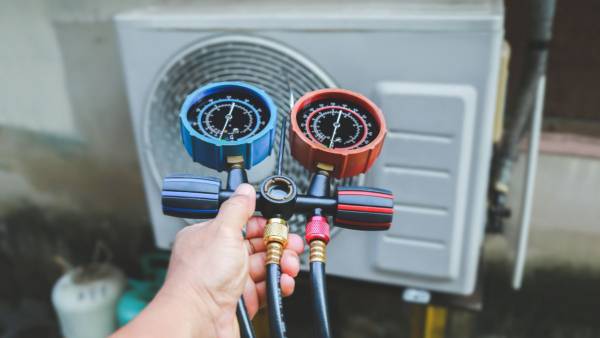







Leave your comment